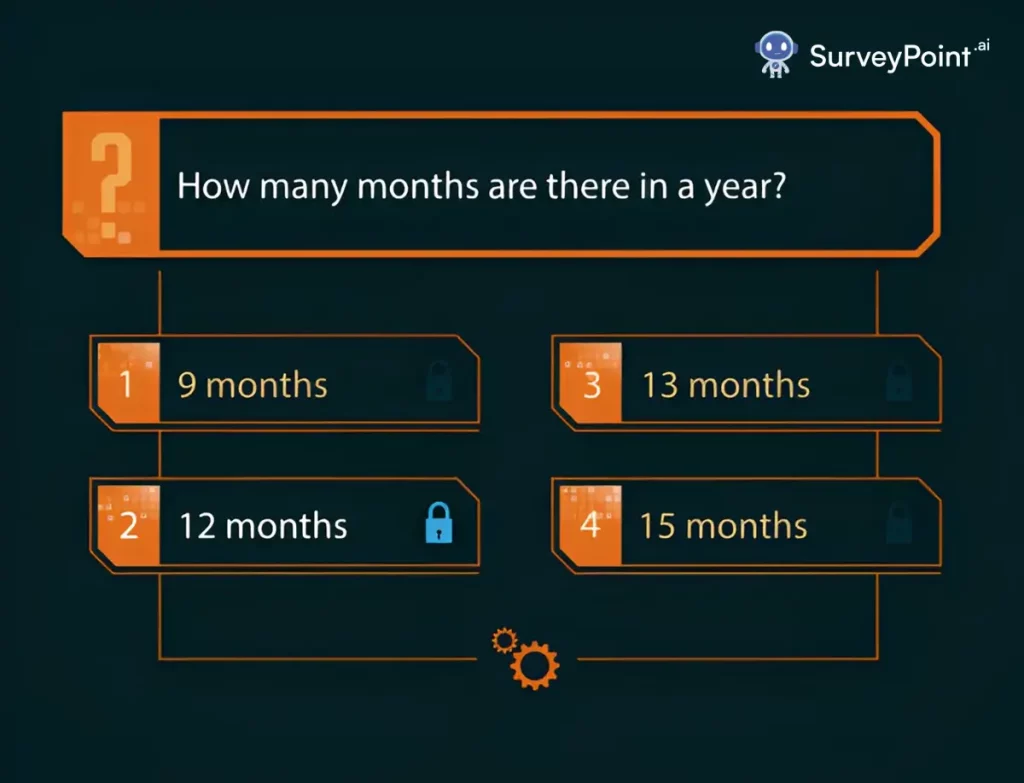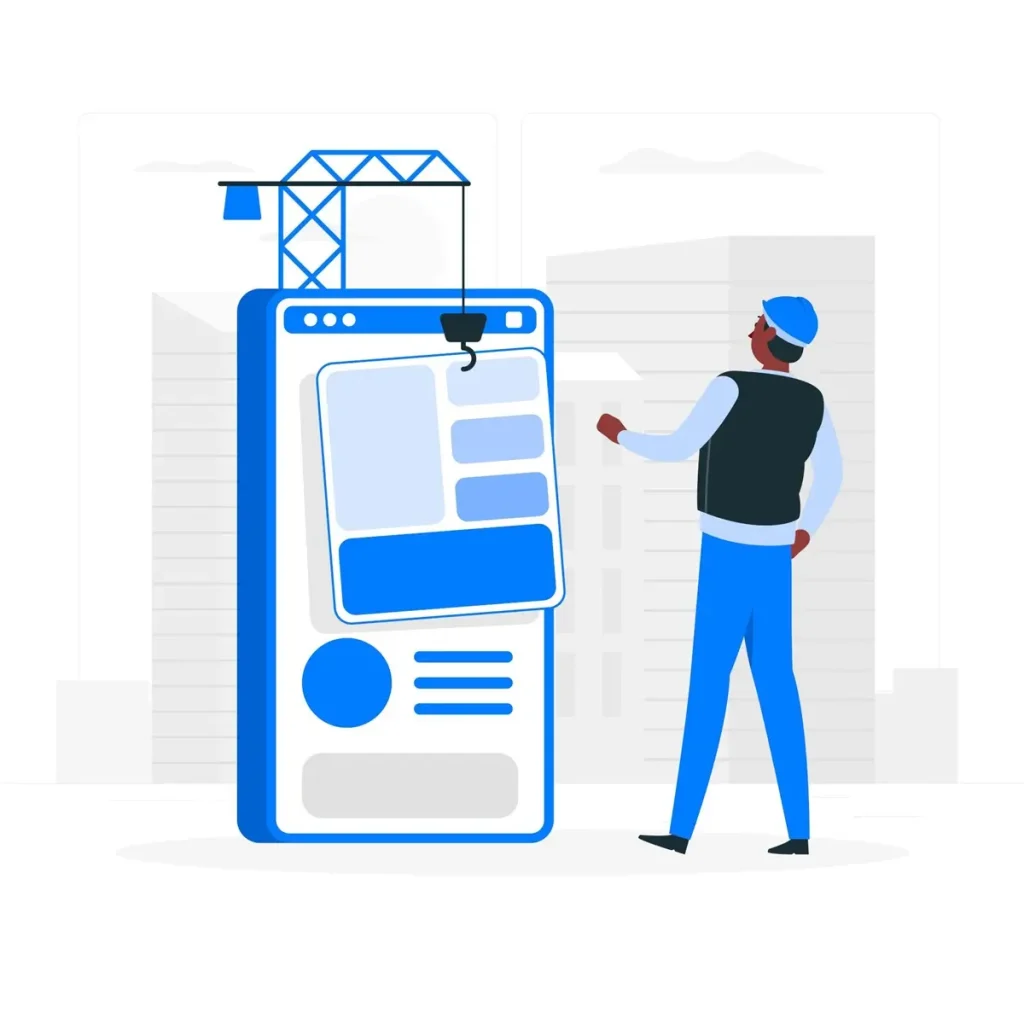
Design Smarter Questionnaires: Are your surveys falling flat? Poorly designed questionnaires can lead to low response rates, inaccurate data, and misguided decisions. Ambiguous questions confuse respondents, while lengthy surveys cause abandonment.
The consequences? Wasted time, resources, and missed opportunities for valuable insights. But there’s hope. Survey Point’s expert guide to crafting intelligent questionnaires will transform your approach.
Learn to create concise, engaging surveys that capture meaningful data without overwhelming participants. Discover techniques to eliminate bias, optimize question flow, and boost completion rates.
With our proven strategies, you’ll design surveys that deliver actionable insights, driving informed decisions and business growth. Don’t let subpar questionnaires hold you back—elevate your survey game today.
In today’s data-driven world, surveys are an essential tool for gathering insights. Whether you’re a business looking to understand customer needs, a researcher seeking data, or a marketer gauging campaign success, designing a smart questionnaire is crucial. However, crafting a survey that delivers useful results can be a challenge. This guide will walk you through the process of designing effective surveys, helping you create questionnaires that yield meaningful and actionable insights.
Why Survey Design Matters: Design Smarter Questionnaires
The design of your survey directly impacts the quality of the data you collect. Poorly designed surveys can lead to unclear results, frustrated respondents, and wasted resources. On the other hand, a well-crafted survey can provide valuable insights that drive informed decisions.
Common Survey Design Pitfalls
Before diving into best practices, let’s address some common mistakes that can undermine your survey efforts:
Too Many Questions: Overloading your survey with too many questions can lead to respondent fatigue, resulting in incomplete or inaccurate answers.
Leading Questions: Questions that push respondents towards a particular answer can skew your data and provide misleading results.
Complex Language: Using jargon or overly complex language can confuse respondents, making it harder for them to provide accurate answers.
Lack of Focus: A survey without a clear objective can lead to irrelevant or scattered responses.
Steps to Design Smarter Questionnaires
1. Define Your Objective
Every survey should start with a clear objective. What do you want to learn from your respondents? A well-defined goal will guide the structure and content of your questionnaire, ensuring you gather relevant information.
Example Objective: Understanding customer satisfaction with your new product.
2. Know Your Audience
Understanding your target audience is key to crafting questions that resonate with them. Consider their demographics, language preferences, and familiarity with the survey topic. Tailoring your questions to your audience will help increase response rates and the quality of the data collected.
Tip: Use simple and straightforward language to avoid confusion.
3. Choose the Right Question Types
Different types of questions can yield different insights. Here are some common question types and when to use them:
- Multiple Choice: Great for gathering specific information or opinions. Make sure to provide a balanced set of options.
- Rating Scales: Useful for measuring attitudes or satisfaction levels. Ensure the scale is consistent throughout the survey.
- Open-Ended: Allows respondents to provide detailed answers in their own words. Use these sparingly to avoid survey fatigue.
- YesNo: Simple and quick, best for straightforward questions.
4. Keep it Short and Focused
Long surveys can be daunting and lead to lower completion rates. Aim to keep your survey as short as possible while still gathering the necessary information. Each question should serve a specific purpose aligned with your survey objective.
Tip: If your survey is longer, consider adding a progress bar to show respondents how much they have left to complete.
5. Test Your Survey
Before distributing your survey, test it with a small group of people similar to your target audience. This can help identify confusing questions, technical issues, or other potential problems. Use their feedback to refine your questionnaire.
6. Use a Logical Flow
Organize your questions in a logical order. Start with broad questions and gradually move to more specific ones. Group similar questions together to make the survey feel more cohesive and easier to follow.
Tip: Begin with easier questions to build momentum and make respondents feel comfortable.
7. Provide Clear Instructions
Clear instructions can help respondents understand how to answer each question correctly. For complex questions, consider providing examples or additional context.
Example Instruction: On a scale of 1 to 5, with 1 being ‘Very Unsatisfied’ and 5 being ‘Very Satisfied’, please rate your satisfaction with our customer service.
8. Maintain Neutrality
To avoid biasing your respondents, keep your questions neutral. Avoid leading or loaded questions that could influence the answers.
Biased Question: How amazing do you think our new product is?
Neutral Question: How would you rate your satisfaction with our new product?
9. Consider Mobile Users
With more people using smartphones to complete surveys, it’s crucial to ensure your questionnaire is mobile-friendly. Test your survey on various devices to make sure it’s easy to read and navigate on smaller screens.
You Must Know
Crafting the Perfect Employee Survey Invitation Email: A Guide to Boosting Response Rates
Reading Survey for Elementary Students: Engaging Young Minds
Analyzing and Acting on Survey Results

Once you’ve collected responses, it’s time to analyze the data. Look for patterns and trends that provide insights into your survey objective. Use these findings to make informed decisions and improve your strategies.
1. Clean Your Data
Before analysis, clean your data by removing incomplete or inconsistent responses. This will help ensure the accuracy of your findings.
2. Identify Key Insights
Focus on identifying key insights that directly relate to your survey objective. Look for trends and correlations that can inform your decisions.
3. Share Your Findings
Communicate your findings with stakeholders in a clear and concise manner. Use visual aids like charts and graphs to highlight important insights.
4. Take Action
Use the insights gained from your survey to make informed decisions. Whether it’s improving a product, refining a marketing strategy, or addressing customer concerns, taking action based on survey results is crucial for achieving your goals.
Conclusion: Design Smarter Questionnaires
Designing a smart questionnaire is an art that requires careful planning and attention to detail. By following these best practices, you can create surveys that yield valuable insights and help you make informed decisions. Remember, the key to a successful survey is clarity, focus, and a deep understanding of your audience. With these elements in place, you’ll be well on your way to collecting data that drives meaningful change.
By applying these strategies, you can transform your surveys into powerful tools for gathering actionable insights. Happy surveying!




